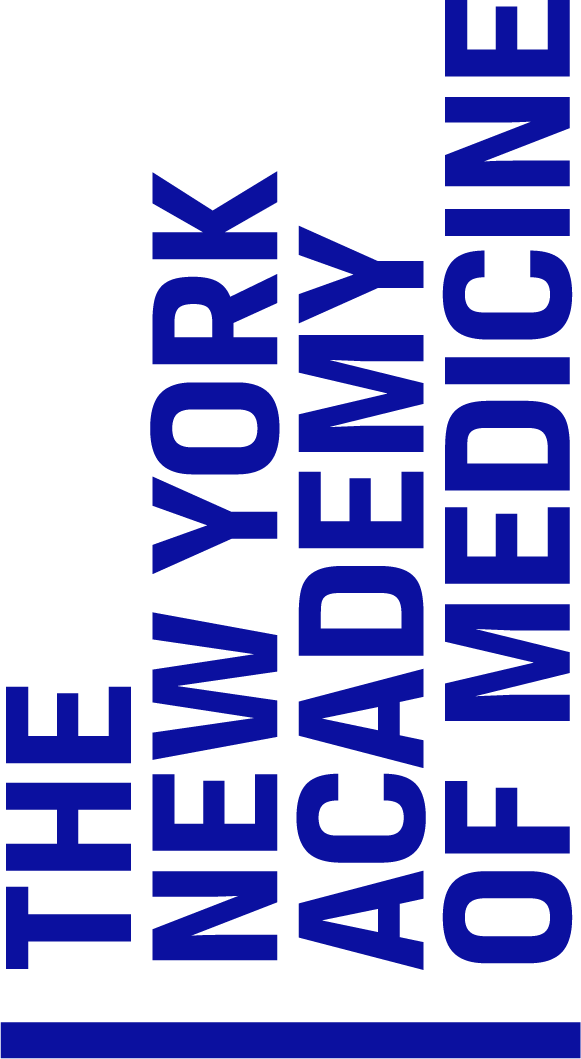Items
Warning message
You must authorize Drupal to use your Google Analytics account before you can view reports.(1 - 9 of 9)
- Title
- Des aller furtrefflichsten, hoechsten und adelichsten Gschoepffs aller Creaturen
- Description
- Walther Hermann Ryff was a surgeon employed in Strassburg in the early 16th Century. One of the highlights of this text are the 42 hand-colored woodcuts in the text, compiled from a number of Renaissance sources. Depicted in the counterfeit style, the illustrations in this book would have implied eye witness knowledge and discovery. In this way, Ryff’s book asserted itself as a credible description of anatomy (though its illustrations were far from anatomically accurate). The text of this book relied on lectures in anatomy and physiology, compounded from other sources. His audience was the ‘gemeine,’ or common man, and its composition in German, rather than Latin, ensured it would have a wider audience. In this way, Ryff’s book would have been indispensable to new readers as a compilation of Renaissance knowledge about the body. The book also offers evidence about early printing history. The wood-blocks for this edition were reused for a set of broadsides before they were passed to a Parisian printer for new editions of Ryff’s work, and for a popular work on surgery. This illustrated the practice of passing wood-blocks from publisher to publisher, and shows how work published in one city continued to be published and disseminated in others
- Subjects (LC)
- Anatomy, Anthropometry, Early works to 1800, Medical illustration, Medicine, Printing—History, Proportion (Art), Renaissance, Wood-engraving
- Title
- Engravings of the Arteries
- Description
- This early work by the Scottish anatomist Charles Bell was composed for medical students and aimed to offer accurately and simply-rendered illustrations of the arteries. It was used as a preparatory text for surgical study and practice. The ten engravings in this volume were hand-colored, and labelled with letters corresponding to explanatory descriptions of the arteries on the opposite page. Bell was an accomplished medical illustrator; the engravings were done by Thomas Medland after Bell’s drawings. For Bell, true anatomical understanding was aided in pairing accurate drawing with thorough description. Bell believed that a variety of bodies should be used as subjects, and that the artist must choose the most typical anatomical examples to copy accurately. Bell made important inroads in determining the sensory functions of the nervous system, and was an early advocate of the idea that different parts of the brain controlled different functions; his pioneering work on the brain and cranial nerves influenced the work of other important brain researchers for decades. Chief among his achievements are his very fine medical illustrations, unsurpassed in terms of efficiency of presentation and elegance. These are very much on display in this beautiful book.
- Subjects (LC)
- Anatomy, Arteries, Arteries—Surgery, Atlases, Engraving, Medical illustration, Medicine, Nervous system, Surgery, Surgery—History
- Title
- Specimen Medicinae Sinicae
- Description
- The Specimen Medicinae Sinicae is the first illustrated book published on Chinese medicine in the West. It contains an overview of Chinese medical practices including acupuncture and meridian theories, semiology of the tongue, descriptions of Chinese pharmaceuticals and their uses, and an important translation of a Ming treatise on pulse diagnosis. The Specimen includes thirty engraved plates and woodcut illustrations in the text, depicting the Chinese doctrine of the pulse and the semiology of the tongue, along with eight tables showing the variations of the pulses. Explaining Chinese pulse theory to a European audience proved difficult. Insufficient description of the plates, which pictured figures with doubled lines running through the bodies, confused western audiences, who interpreted these representations as indication that the Chinese didn't know their anatomy. The publication of the Specimen Medicinae Sinicae did little to change the commonly-held belief that the Chinese were crackerjack diagnosticians, with a misguided idea of the body's interior. The tenets of Chinese medicine and diagnostics were also somewhat muddled in the minds of westerners. Nevertheless, the translation did much to introduce pulse lore, acupuncture, and new materia medica to a Western audience of medical practitioners eager to experiment.
- Subjects (LC)
- Acupuncture—China, Anatomy, Chinese—History, Early works to 1800, Materia medica—China, Medicine, Medicine, Chinese, Medical illustration, Pulse—Measurement
- Geographic Subject
- China
- Title
- The byrth of Mankynde newly translated out of Laten into Englyshe
- Description
- The Byrth of Mankynde, published in 1540, is the oldest manual for midwives printed in the English language. It remained in use both as a guidebook for midwives and as a source for physicians in the practice of obstetrics throughout Europe for the next two hundred years. The 1540 Byrth was a translation from the Latin edition of De Partu Hominis of Eucharius Rösslin’s Rosengarten. Rösslin was charged with supervising the midwives of Frankfurt, and although this volume contains sound instruction on delivery procedures, it did not break new ground in the field of obstetrics. Instead, it makes available the teachings of the Roman physician Soranus, popularized by Moschion, author of a 6th century question – and –answer book for Roman midwives. Other influences include Galen, Hippocrates, Aetius, Magnus and others. The volume’s seventeen copper-engraved plates were among the first in England to be produced by a roller press. The first illustrates “the Womans Stwle,” or birth chair, a birth aid which had been in use at least since Soranus’ time. Sixteen additional plates depict “Byrth Figures” in various positions in utero. The babies in these images, who resemble children age three or four and not fetuses, float dreamily in light-bulb-shaped vessels.




